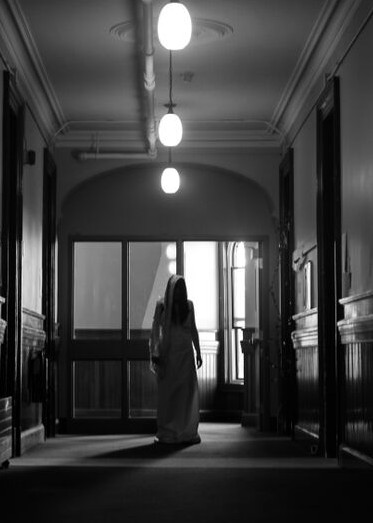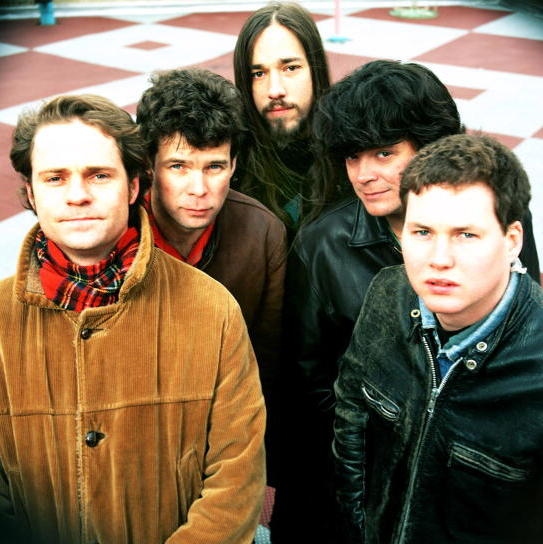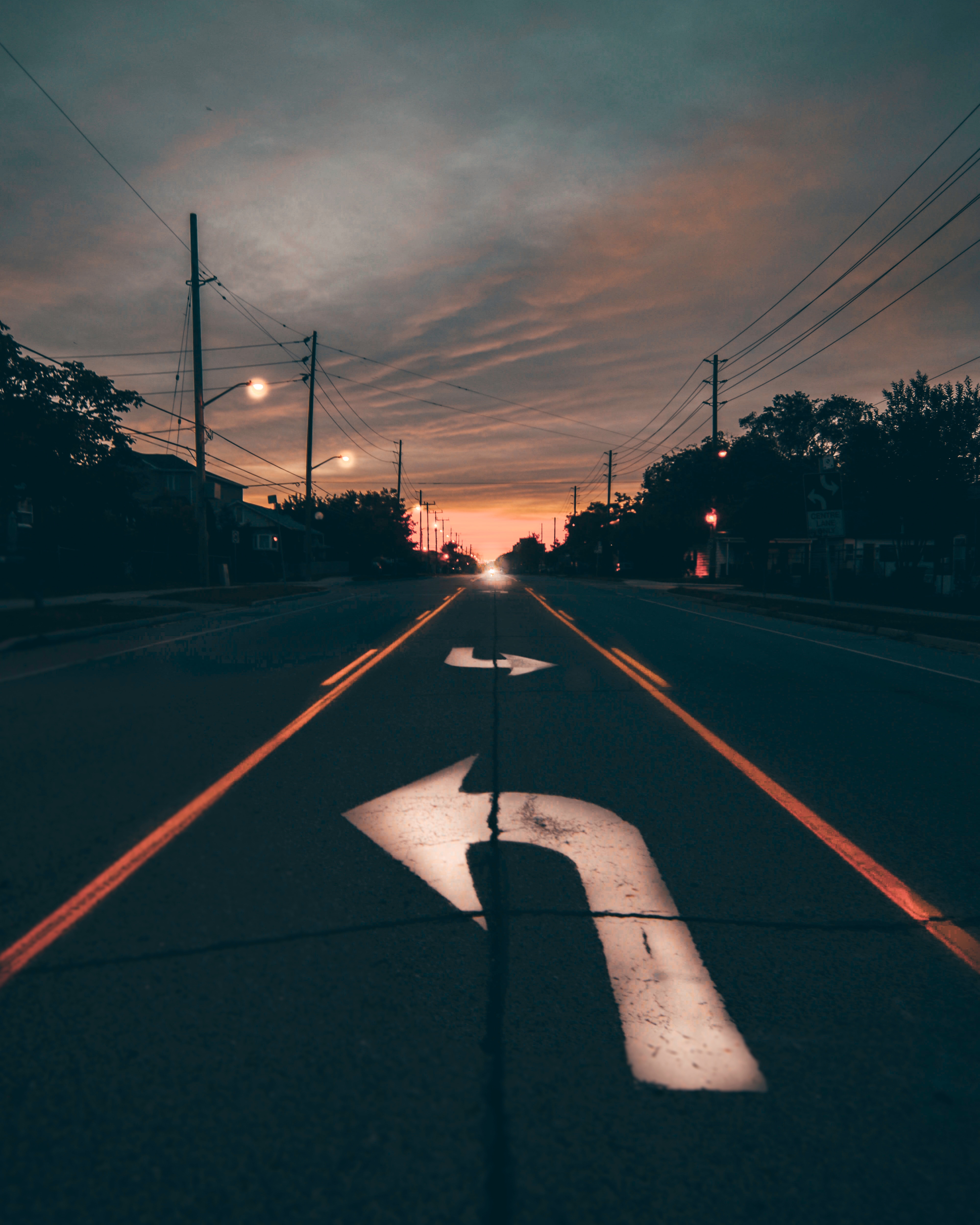Halloween is a fun time of year for many people. It is often a chilly season that leads to lots of weather changes and exciting social events. According to The History Channel, Halloween is thought to have originated from the ancient Celtic festival of Samhain. This festival included people dressing up in costumes to scare ghosts while also lighting bonfires, and marked the end of summer and the beginning of cold weather. The Celts believed that that night was special, and that the walls between the dead and the living became unstable. They also believed that the ghosts of the dead would return on that day and cause trouble by damaging crops. November first was declared as the honorary All Saints’ Day by Pope Gregory III, and incorporated some of the traditions established by the Samhain. The night before this day was known as All Hallows’ Eve, and later became known as Halloween. The concept of going door-to-door dates back to the All Souls’ Day, in which poor citizens would beg for food and families would distribute food in order to encourage them. This practice replaced the tradition of leaving food outside a residential house to please wondering spirits enough to stop them from entering the house. The practice of wearing costumes originated from the Celtic concept of wearing masks in order to avoid being identified by a ghost.
There are many different Halloween superstitions that exist today. Some, such as the fear of a black cat, relate directly to older customs. It was often believed that witches would turn themselves into cats in order to avoid being caught. It is interesting to note that many of the older superstitions that haven’t become more prominent have related to telling the future and help with making decisions. 18th-century cooks might hide a ring in the mash potatoes in the hopes that the person they were meant to marry would find it. Another belief was that if a woman ate something sugary made from walnuts, and nutmeg before bed, she would dream about the person she was supposed to marry.
The celebration of Halloween was very limited because of religious systems that were prominent in colonial New England. As the beliefs of European groups began to combine with those of Native American Indians, the celebration of Halloween included public events to celebrate harvest. These events were common in Southern areas of North America, and only reached the Northern parts during the second half of the nineteenth century.
The late 1800s presented a desire to shift Halloween from an event that celebrated ghosts, pranks, and witchcraft, to an event that encouraged community development and friendly communication. By the beginning of the twentieth century, grotesque and scary depictions had been taken out of the celebration, and were replaced with games, food, and festival costumes. Halloween had lost many of its original religious meaning before the end of the nineteenth century.
By the 1920s and 30s, Halloween was a community filled event with parades and town oriented celebrations. Early Halloween celebrations were swarmed by widespread vandalism, despite efforts by local schools and organizational boards to halt the festival trouble. By the 1950s, this problem had been resolved, and Halloween had become an event for young children. There were high numbers of young people during the baby boom that took place in the fifties, and this resulted in celebratory parties shifting from town halls to individual homes.
Despite the differences in the practice of Halloween throughout the centuries, the concepts all rely on the same abnormal and prominent spirits to play a part. This presence has been depended on by the Celts as well as people today.






Hello! I just would like to give a huge thumbs up for the great info you have here on this post. I will be coming back to your blog for more soon.